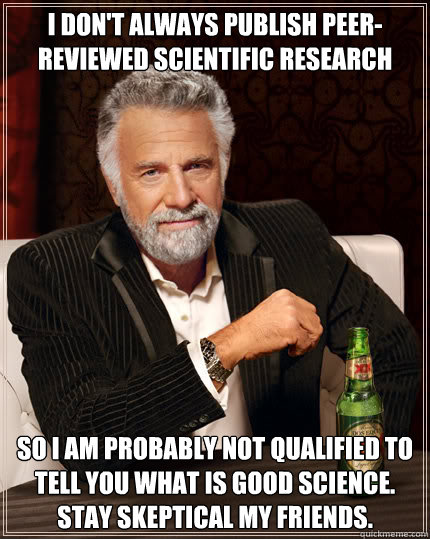For twenty years, the United States has invested less and less in basic research in the physical sciences as a fraction of GDP. The U.S. spends about $8-$8.5 billion per year on basic research in the physical sciences (that represents the combined DOE science, NSF, and NIST budgets). Today, “it was reported that Exxon has reaped record profits from the sale of oil”:http://money.cnn.com/2006/04/27/news/companies/exxon/?cnn=yes. How much? $8.4 billion.
In one year, a single company pursuing a single goal – the production and sale of oil – lands as much profit as the U.S. spends **as a whole** on all branches of the physical sciences. Energy development research is a small fraction of that physical science research. There are many scientists who have called for a “Manhatten Project”-style effort to develop multiple sources of new energy, which when combined could help relax our dependence on any single source (such as oil, or coal, or nuclear).
Let’s think about that. How much would the Manhatten Project has cost in current dollars? “Some estimates”:http://www.worldtribune.com/worldtribune/TEMP/me_oil_08_23.html place the cost of that project in modern dollars at around $20 billion. That’s 2-3 years of Exxon profit (just Exxon, mind you – there are other companies). If you spent as much on alternative, multipronged energy research using a broad program as we did on making an atomic bomb, imagine the good you could do. Imagine the security benefits to having a distributed energy dependence system. Imagine the benefits to the common good at a rapid scientific program involving the public, academics, and industry. Imagine the new industries that would result from the academic-industrial partnership, and the new jobs created in an economy that is more and more providing services but no goods. Imagine the generation of children brought up, inspired by the science and engineering of New Energy.
Imagine what $8.5 billion could be spent on, if a company were willing to take Bell Labs-style risks in basic research.
Or, we could just have the same old, tired dream about how much new oil $8.5 billion would help us to find.



